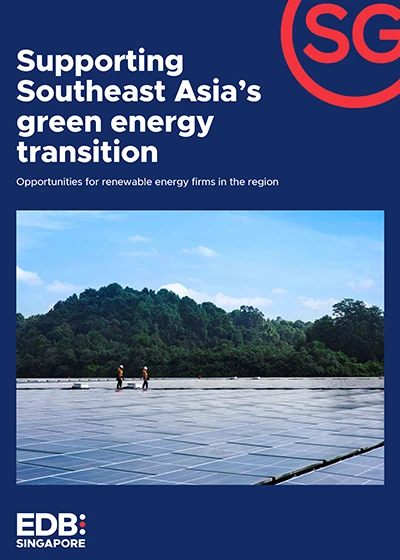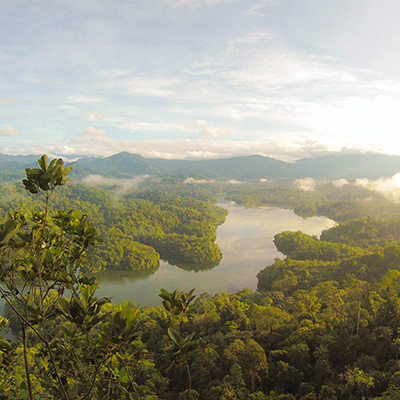The collaboration sees a consortium comprising Sembcorp Utilities, a wholly owned subsidiary of Singapore-based Sembcorp Industries, and PetroVietnam Technical Services Corporation (PTSC), a member of the Vietnam National Industry – Energy Group, joining hands with Malaysia’s MY Energy Consortium, an unincorporated consortium established by national electricity provider Tenaga Nasional Berhad (TNB) and state oil giant Petronas.
Under the agreement, the partners will evaluate the feasibility of exporting renewable energy from Vietnam to Malaysia and Singapore via a new subsea cable, wheeled into and through the Peninsular Malaysia National Grid, the consortia said in a joint statement.
“To this end, the consortia will work closely with the relevant national authorities throughout the development process, seeking necessary approvals at various project phases, and paving the way for this significant regional power integration and energy interconnection,” according to
the statement.
In a Facebook post on 26 May about the joint agreement, Singapore’s Prime Minister Lawrence Wong said: “These efforts are part of our broader vision for an ASEAN Power Grid – connecting our region with a more resilient and reliable energy supply. Step by step, we are making this vision
a reality.”
Sembcorp and PTSC had in 2023 already inked a letter of intent for 1.2 gigawatts (GW) of renewable energy to be imported into Singapore, which could begin by 2033.
According to Datuk Seri Fadillah, the undersea cable will be underwritten by Petronas and TNB. “Part of (the energy) will go to Singapore, part of it will go to Malaysia,” he said.
However, as to who will bear the cabling cost, TNB president and chief executive officer Megat Jalaluddin Hassan said “we have yet to come to that”.
“The next step for us is to go into the feasibility study, which will then determine the level and depth of the venture we will be undertaking,” he told reporters after the signing.
He said the consortia involved in the project are hopeful that “we can have something that shows our progress” by October’s ASEAN Ministers on Energy Meeting.
On 25 May, Malaysia’s Investment, Trade and Industry Minister Tengku Zafrul Aziz said negotiations on an enhanced memorandum of agreement for the ASEAN grid are set to conclude at the same energy ministers’ meeting.
Another key connection for the ASEAN Power Grid is the Lao PDR-Thailand-Malaysia-Singapore Power Integration Project, launched in 2022 to send 100 megawattsof renewable energy from Laos to Singapore. A second phase announced in 2024 doubled this amount.








